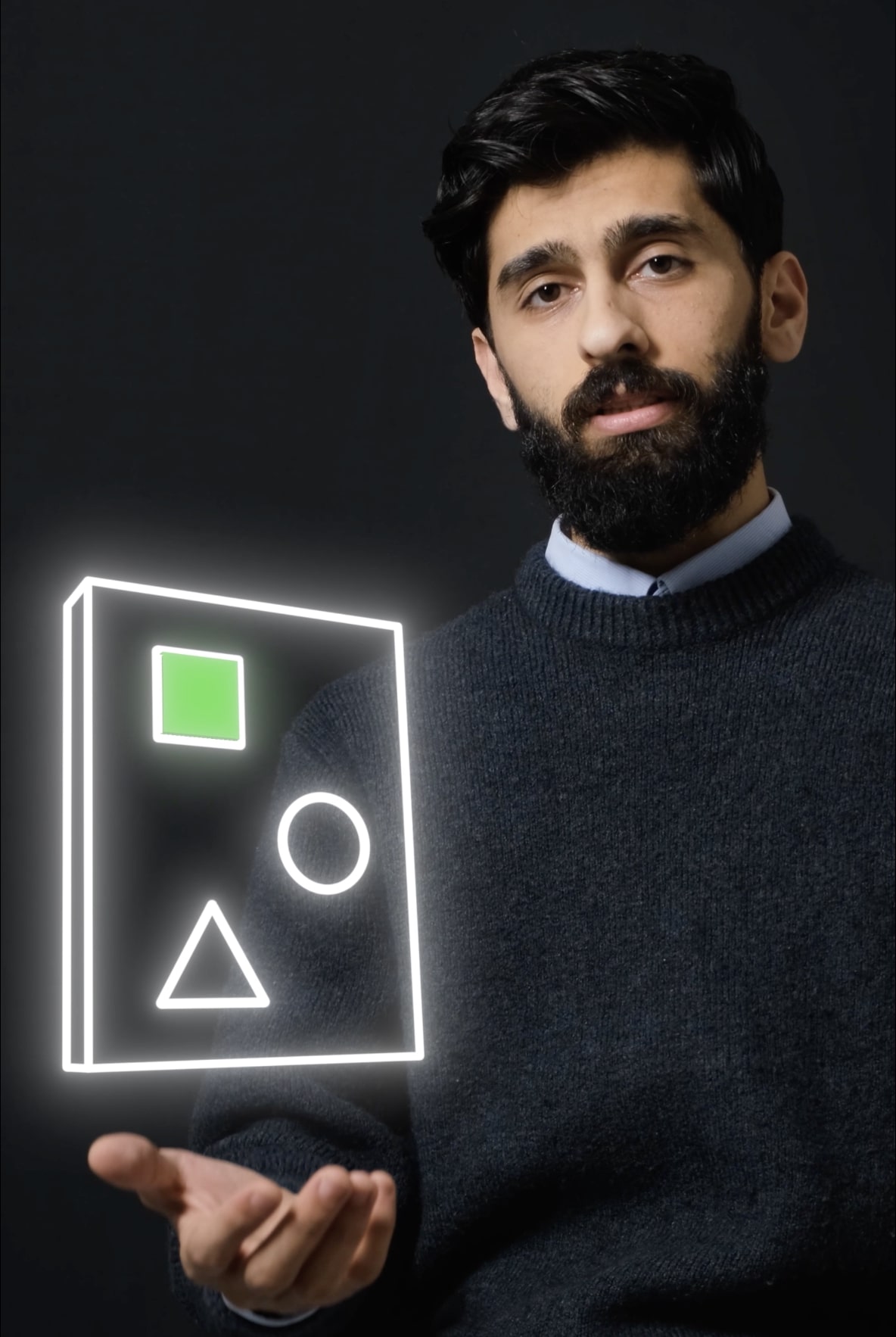In the years before the 2000s, computers looked impressive. They could do calculations fast, follow complex instructions, and perform tasks that amazed people. But that so-called “intelligence” wasn’t their own. It came directly from humans.
Traditional programming works like this: we give the computer data and a set of strict commands. The machine doesn’t think, it just executes the instructions step by step and returns the result. Nothing more, nothing less.
Think about a shape puzzle. A parent teaches their child how to put each geometric piece in the correct place. The child only succeeds because the parent explains it step by step. That is traditional programming. The programmer is the parent, and the computer is the child, blindly following orders.
Artificial intelligence is different. Now imagine the same child trying to solve the puzzle without help. At first, the child makes mistakes, placing the wrong pieces in the wrong spots. But through trial and error, the child learns. Eventually, they figure out the correct place for each piece. This is AI. Instead of humans giving the computer exact rules, we provide data and examples, and the computer finds patterns, creates its own rules, and improves over time.
Traditional programming is about writing the rules. Artificial intelligence is about letting the machine discover the rules from experience.

